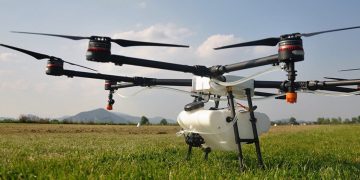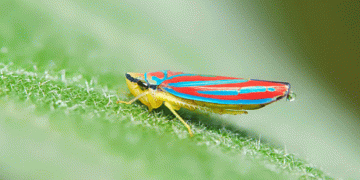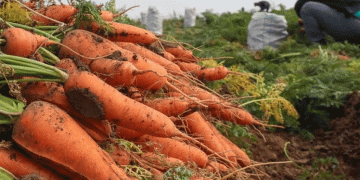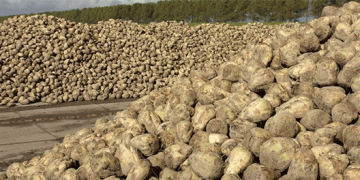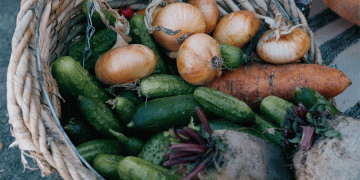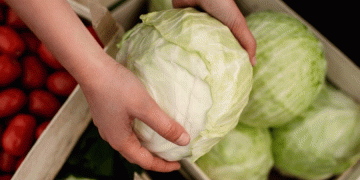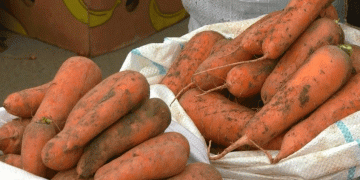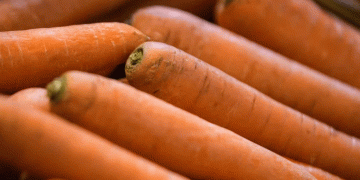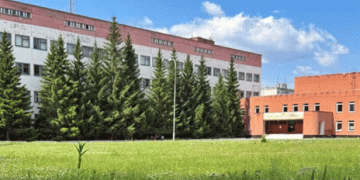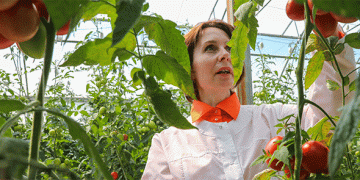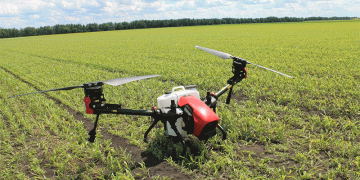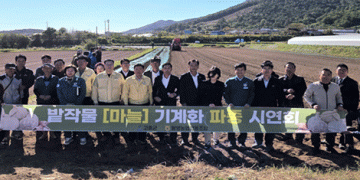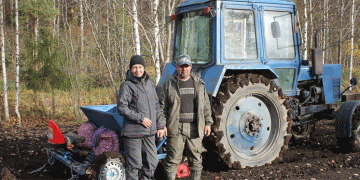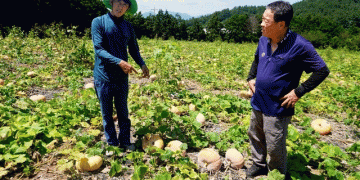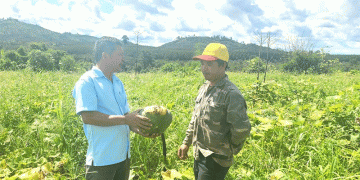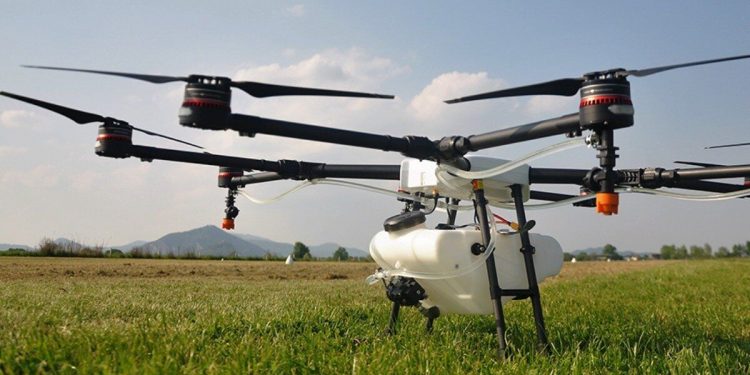Farmers and agronomists are increasingly adopting drone technology to tackle challenges like weed and pest control during critical growth phases. In the Novosibirsk region, farms like AO “Zarechnoe” have successfully used agri-drones to replace malfunctioning sprayers, ensuring timely crop treatment without yield loss.
Efficiency vs. Limitations
Drones provide clear advantages:
- Precision spraying, reducing chemical waste.
- Accessibility in difficult terrain where traditional machinery struggles.
- Speed in emergency treatments, preventing crop damage.
However, drawbacks remain:
- High operational costs compared to conventional sprayers.
- Limited coverage area—drones treat significantly fewer hectares per hour than self-propelled sprayers.
According to a 2023 report by PrecisionAg, drone spraying accounts for only 15% of total crop treatment globally, with traditional methods still dominating due to scalability. Yet, the drone market in agriculture is projected to grow at 23% CAGR (2023–2030), driven by advancements in battery life and payload capacity (MarketsandMarkets, 2024).
Farmer Perspectives
Vladimir Kidenko, chief agronomist at AO “Zarechnoe”, highlights drones’ role in delicate tasks like rapeseed maturation: “Drones avoid crop damage, unlike heavy sprayers that trample plants.” Meanwhile, Yury Sablin, head of the Iskitimsky District, notes the region’s leadership in drone adoption in Novosibirsk.
Complementary, Not Replacement
While drones excel in precision and urgent interventions, they are unlikely to replace traditional sprayers soon due to cost and scale constraints. Instead, they serve as a vital supplementary tool, especially during peak seasons. As technology evolves, integration with AI and automation could further elevate their role in sustainable farming.
